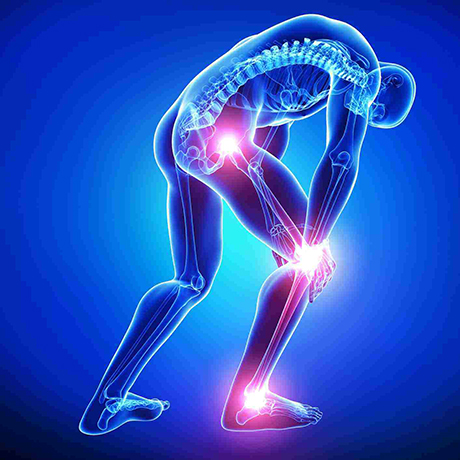
One of the primary goals of cardiopulmonary physical therapy is to enhance heart and lung endurance. Following an operation, individuals may experience decreased stamina, making everyday activities feel more tiring. Through a meticulously structured exercise program, therapists guide individuals in incrementally boosting their activity levels. This may consist of activities such as walking, cycling, or specific respiratory activities. These activities not only aid build power but also increase lung capacity, which is vital for ensuring that the body receives enough air.
Moreover, cardio-pulmonary physiotherapeutic treatment emphasizes the importance of breathing methods. Many post-operative individuals may struggle with deep respiration due to pain or limited movement. Physical therapists instruct patients how to perform profound respiratory activities, which can help increase the pulmonary system and clear out any mucus that may have accumulated during the healing process. Proper breathing techniques are crucial to avoid complications such as pneumonia, which can arise if the pulmonary system are not functioning optimally. By focusing on these methods, individuals can enhance their recovery and general pulmonary health.
Another critical component informative post of this type of therapy is instruction. Physical therapists provide valuable information about the recovery journey, including what individuals can expect during recovery. They clarify how to identify warning signs that may indicate issues, helping individuals feel more in charge of their health. Comprehending the importance of exercise in recovery allows patients to assume an engaged part in their recovery journey. This empowerment is essential for fostering self-assurance and encouraging a positive outlook during healing.
In summary, cardio-pulmonary physical therapy is an essential aspect of post-operative rehabilitation for individuals undergoing heart and lung operations. By concentrating on improving cardiovascular endurance, teaching respiratory methods, and offering education, therapists empower patients to assume control of their healing. This specialized treatment not only aids in physical healing but also supports mental well-being, making the process of healing smoother and more manageable. With the right support and guidance, individuals can effectively restore their vitality and go back to their daily lives.